Should Casablanca’s Iconic Buildings Be Saved?
Yes, says a group of Moroccans preserving—and reclaiming—the French-designed cityscape.
In downtown Casablanca, Morocco, next to the city’s new modern tram line and across from the white arcades of the Marche Central, a building seems to hang in midair. Without a foundation, interior, or roof, the crumbling, brown brick facade floats in space, retaining a strange elegance despite the bristling metal scaffolding that holds it up.
On this Saturday morning, a local woman in her fifties, dressed in a yellow-and-purple shirt and armed with a binder, explains the mystery to a tour group of Casablancans, or Casaouis. The guide is a volunteer with the local nonprofit Casamémoire, an association dedicated to conserving the city’s architecture and educating the public about it. She holds up her binder to display a photo from the 1920s: a colossal, neo-Moorish building, topped by a pyramidal roof.
If the guide weren’t here, you would never imagine such grandeur. But if you stood at this spot in 1917, you would have been facing the newly built Hotel Lincoln—a massive U-shaped palace occupying a 30,000-square-foot lot and rising three stories high, crowned with a fourth story in the form of a central pavilion covered in green tiles. The building was home to a supersized hardware store where local entrepreneurs bought materials for their industrial endeavors; sixty apartments, each furnished with a working bathroom; and a hotel, where by 1919, you might have found the pilots of France’s new international airmail route. Designed by Hubert Bride, it was one of the first structures the French built during the occupation—part of what became a vast experiment in urban planning.
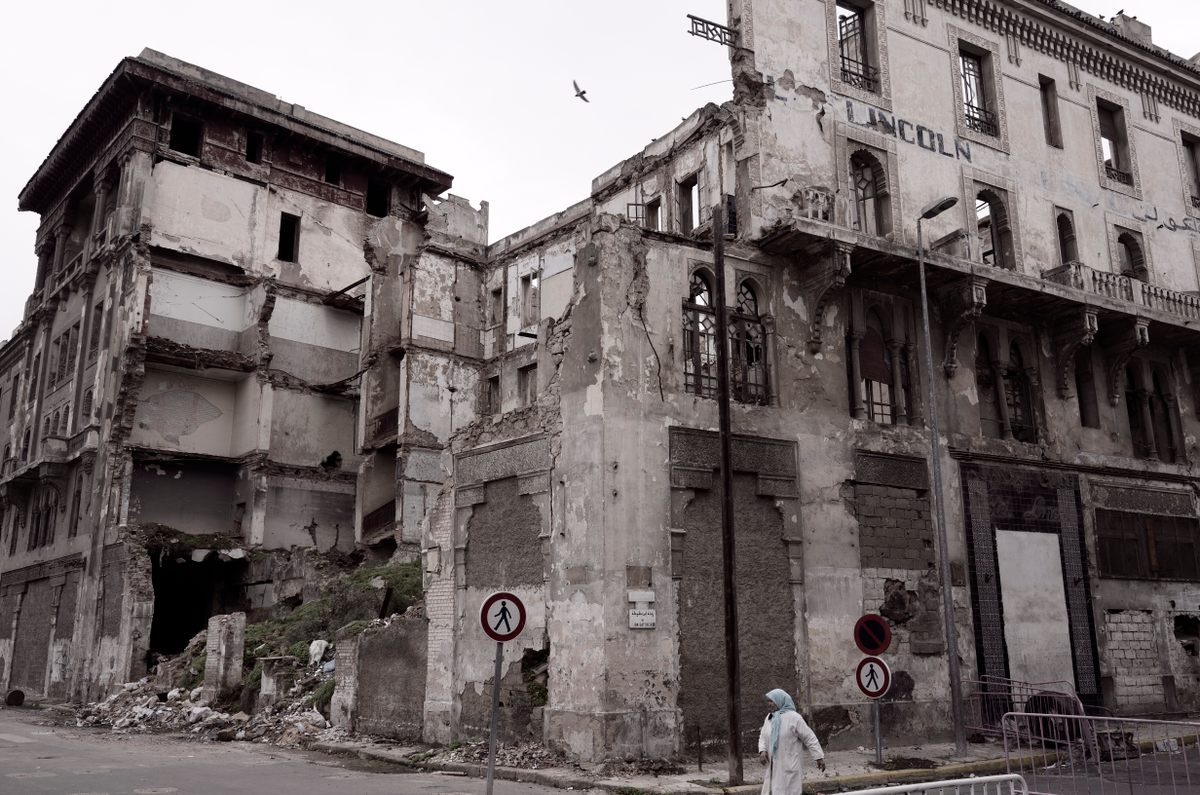

Before the French takeover, Casablanca had played only a minor role in Moroccan history, compared to the royal cities of Fez and Marrakech. But after France strong-armed the sultan into handing over his country as a protectorate in 1912, resident general Hubert Lyautey brought in urbanist Henri Prost to transform the city.
Prost applied zoning to the city for the first time, keeping residential and leisure areas separate from commercial and industrial ones—and segregating Moroccan and French residents. He designed neighborhoods to house Moroccan workers for the city’s new industries, and in the commercial area, just to the east of the old medina, Prost negotiated with landowners to construct one long, straight boulevard—a kind of modern, Moroccan Champs-Élysées—and the Hotel Lincoln was one of its crowning gems.
Casablanca was a laboratory for imagining—and implementing freely—what the modern city should be. Apartment buildings boasted elevators and hot water, and plush cinemas like the Rialto sat thousands for the latest films from Paris and Hollywood. Up-and-coming French architects including Pierre Bousquet, Edmond Gourdain, Marius Boyer, Auguste Cadet, Edmond Brion, and Marcel Desmet let their imaginations run wild. The result was an open-air gallery of imposing Art Deco creations. Then these French architects and urbanists brought their results back to France; the experiments of Casablanca informed the development of French cities for the rest of the century.
The protectorate ended almost 70 years ago, in 1956, but some of those ostentatious French creations survived. Today, the 1937 Banque du Maroc, now the Bank Al-Maghrib, still boasts its marble floors and enormous glass ceiling—the largest in Africa when it was constructed. In the boardroom, the original chandeliers of Venetian blown glass still hang.

Other buildings didn’t fare so well. In the 1970s, city planners demolished the 2000-seat Cinema Vox built in 1935, and in 1986 the Orthlieb swimming pool, the biggest in the world when it was constructed in 1934, was destroyed to make way for the gigantic Hassan II Mosque. But in 1995, when developers bulldozed Villa Mokri, a spectacular 1928 art deco villa, a small group of Casablanca-born architects and intellectuals of both French and Moroccan descent—the founders of Casamémoire—decided enough was enough.
Soon afterwards, the owners of the Hotel Lincoln asked for a permit to demolish the building. This time Casamémoire fought back, creating an uproar in the local media. And they did something that, at the time, was revolutionary—they used their architectural expertise to create a dossier of evidence to support the inclusion of the Lincoln in the National Inventory of Historic Sites and Monuments—buildings protected from demolition or major modifications. No other twentieth century building in Casablanca was on the list. Casamémoire finally won their case in 2000, clearing the way for other buildings from the era to be registered and protected. The list has since grown to about 100.
From then on, when new demolitions were threatened, Casamémoire staged sit-ins and wrote press releases and opinion pieces. They also asked to meet with city officials—who at first didn’t understand what the fuss was about. “Those guys were like, come on, what are you talking about?” says Lahbib El Moumni, the association’s Secretary General. “This is not our heritage; this is a colonial heritage.”
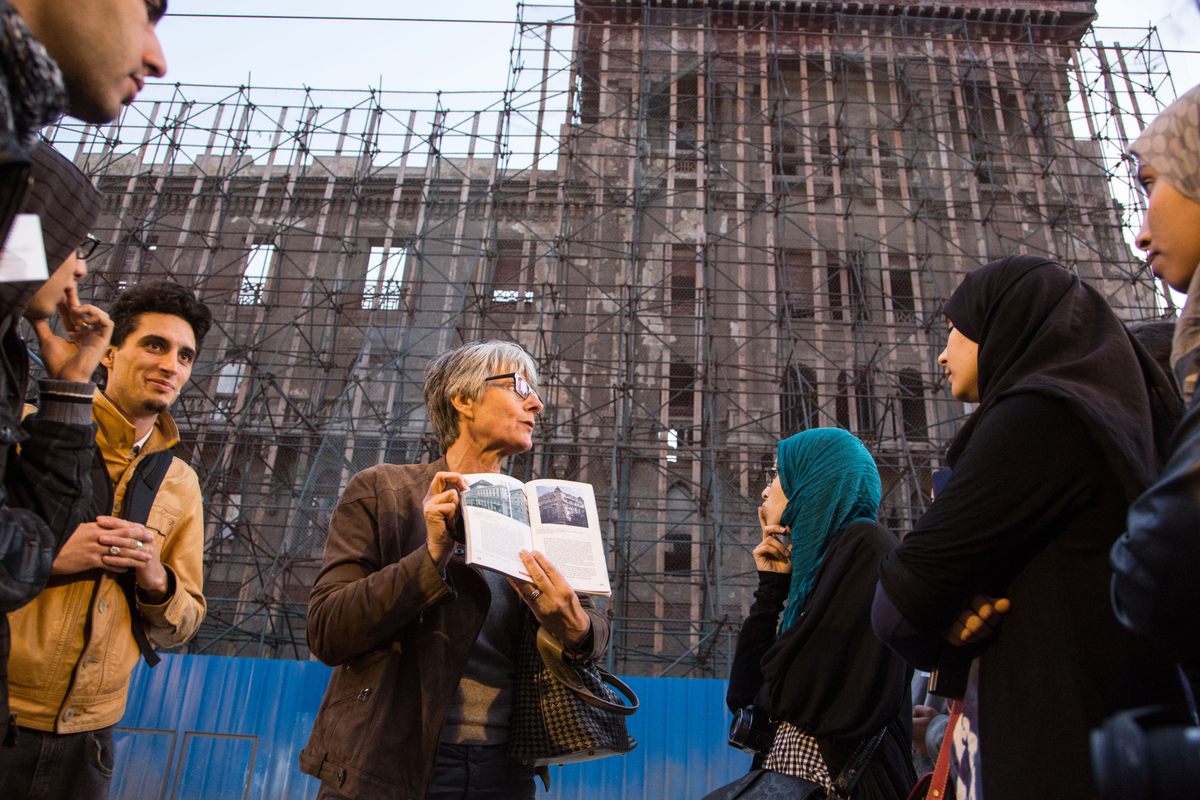
El Moumni once shared their opinion. In 2011, El Moumni, an architecture student, attended one of Casamémoire’s Heritage Days at a professor’s behest. But it was hard not to be wowed by the sheer beauty and aesthetic audacity of the buildings concocted in this colonial urban laboratory, a contradiction that El Moumni now embraces. “This is left from the colonial period but it’s ours now, it’s not French. We have to protect it because these buildings are part of our own history,” says El Moumni, who is now writing a doctoral thesis on post-colonial architecture in Africa. After all, he says, “at some point all of this was the labor of Moroccans.”
But Casamémoire tours don’t sugarcoat the colonial reality. Guides explain how architecture and urban planning were used to control the local population: for example, a clock tower was placed centrally to ensure promptness, and workers’ neighborhoods were built so that workers would relocate permanently rather than going back to the countryside once they’d made enough money.
Casamémoire’s Heritage Days–with this mix of historical frankness and architectural spectacle—have grown in popularity. In 2009, about a dozen guides gave tours to a few hundred visitors. This May, more than 200 trained volunteer guides welcomed attendees numbering in the thousands. At the same time, the organization’s influence has increased. In 2015, Casamémoire signed an agreement with the city to become official consultants on questions of heritage. Now, when the group writes a press release decrying a demolition, it is city hall that asks to meet, sometimes the next day—as in the fall of 2021, when city officials began to demolish the ceiling of a Brutalist mosque.

Unfortunately, it’s too late for the Lincoln. Unlike the rest of Prost’s downtown, the Lincoln was built with brick, not more durable reinforced concrete. In the 1980s, a terrace crumbled, killing two guests. After the Lincoln gained its protected status, another part of its facade collapsed in 2009, killing another person. These days, only a small part of the facade survives. But Casamémoire has still managed to influence the hotel’s destiny.
In 2021 the hotel was bought by Radisson Hotel Group. One of the founding members of Casamémoire, architect Tarik Oualalou, who has since left the nonprofit, is leading the reconstruction of the hotel as a close copy of the original, integrating the surviving facade into its new design. “In a way, it is a failure for the city because they didn’t do much, they waited too long,” says El Moumni. “But it’s a success because it’s a new story…a new way of preserving.”
Thanks to the Lincoln, El Moumni says, officials are starting to believe that preserving Casablanca’s unique architectural features could ensure the city’s future. Meanwhile, it’s important to keep inspiring curiosity and pride in Casaouis, says Nezha Sebti, who has led tours for 13 years. “You tell them that this is yours,” she says. “This is your house.”




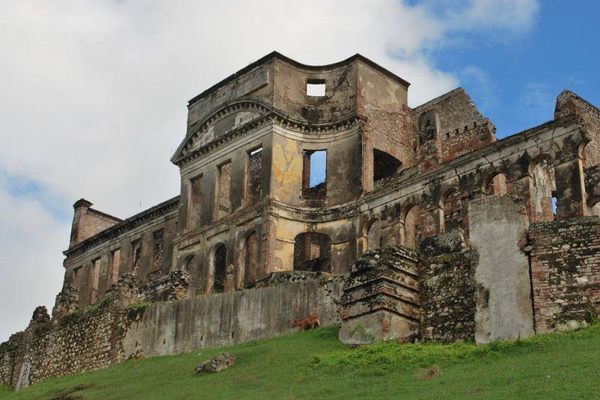
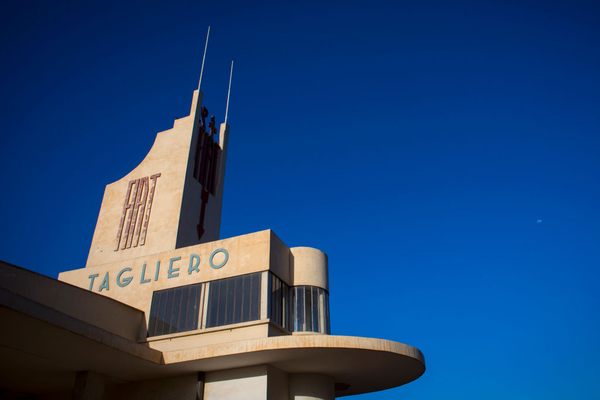
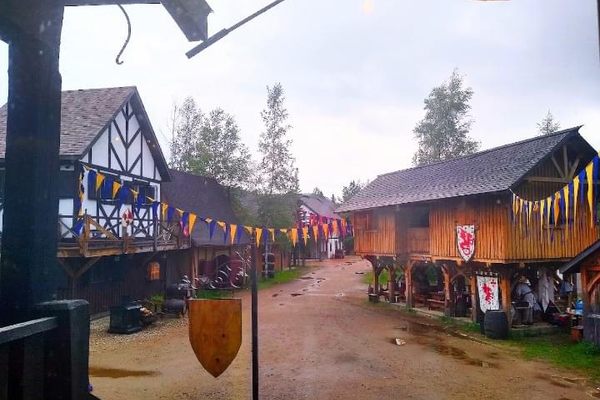
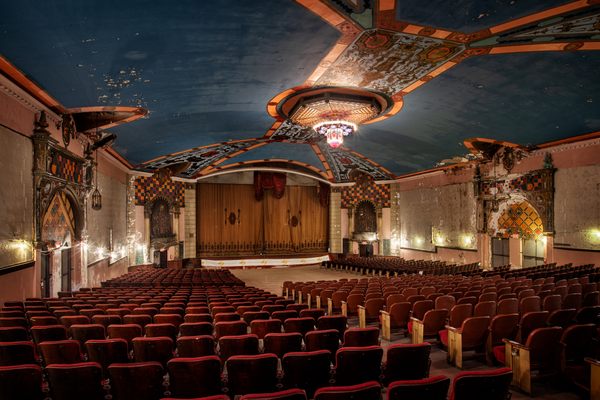


















Follow us on Twitter to get the latest on the world's hidden wonders.
Like us on Facebook to get the latest on the world's hidden wonders.
Follow us on Twitter Like us on Facebook